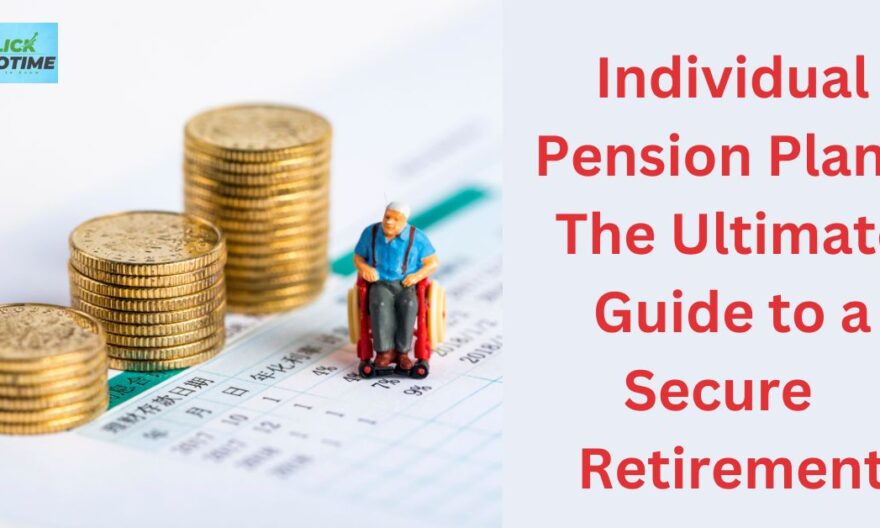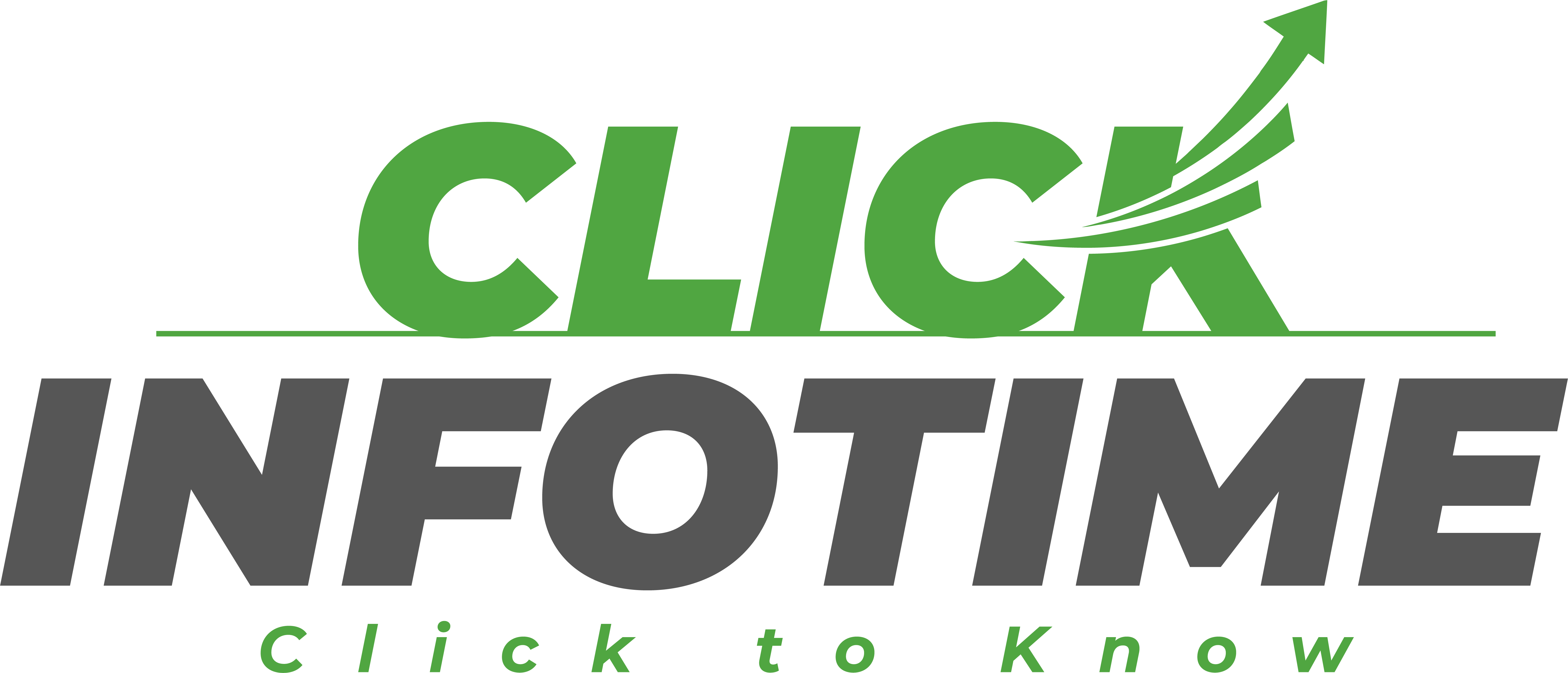
Perhaps the most daunting aspect of financial well-being is retirement planning. Given longer life expectancy and uncertainty in Social Security, personal savings or employer-sponsored plans may not be sufficient. That is where pension plans are important. Whether you are a retiree seeking to maximize your income, a self-employed professional without access to an employer-sponsored plan, or a financial planner advising clients, understanding pension plans is key to helping establish financial stability during your golden years.
Pension plans have long been a pillar of retirement savings. From guaranteed income streams to major tax advantages, they are a crucial piece of the puzzle that allows retirees to make the most of their later years without worrying about money. This ultimate guide explains everything you need to know about individual pension plans, including the types available, their pros and cons and maximizing your advantage from them.
What Are Pension Plans?
Pension plans are a type of retirement account set up by employers, employees or a combination of both that can help you secure your finances once you stop working. Pension plans on the other hand are not a regular savings account but are sound financial instruments which keep growing and provide income during retirement. They are designed to build up wealth during working life and then draw it down in a structured way when retired.
The value of pension plans: Pension plans are highly valuable because they provide you with a structured way to save for your retirement. It makes sure people do not spend in excess or live longer than their means, a capacity that was questioned in an age when life expectations are on the upswing. In summary, pension plans establish a solid foundation for financial independence throughout retirement by81 input, investment growth and tax advantages.
Types of Pension Plans
There are multiple types of individual pension plans, each with different features and benefits. The right plan for you will depend on your financial goals, retirement timeline and risk tolerance. Here’s a closer look at each type:
Defined Benefit Plans
Defined benefit plans are the type of pensions many people think of when they hear the word “pension.” Plans offer a fixed monthly payment in retirement calculated by your salary history, years of service and age at retirement. For instance, a plan might promise you 2% of your average salary during the last five years of your employment multiplied by the number of years you worked at the company.
Why They’re Great: Predictability and security. You know exactly how much you’ll get each month regardless of market conditions. This makes them an appealing choice for retirees looking for stability.
The Challenge: These plans have become rarer in the private sector because of the strain they put on employers financially. They also often entail long-term commitment to a single employer, which may not work for everyone.
Public sector workers, including teachers and government employees, typically participate in defined benefit plans.
Defined Contribution Plans
Modern workplaces are more likely to have defined contribution plans. Under these plans, the benefits you receive in retirement will vary based on how much you and, in some cases, your employer contribute and how well those investments perform in the plan. Examples include 401(k)s, 403(b)s and individual retirement accounts (IRAs).
How They Work: Employees pay a percentage of their salary into the plan, usually with matching contributions from the employer. The money is allocated in options like stocks, bonds, mutual funds or target-date funds. The account grows over the years from contributions and returns on investments.
Why They’re Great: Defined contribution plans provide flexibility and the potential for lots of growth. They also have tax benefits, as contributions are often pre-tax or Roth (after-tax), which leads to tax-deferred or tax-free growth.
The Challenge: Those plans have investment risk. Your retirement income is tied to what happens in the market, and it can be volatile. The curse of “You manage the investments” means you need to be financially literate or hire professional help to manage those assets.
For example a common type of defined contributions plan is the 401(k) plan that is predominantley used in the private sector.
Individual Pension Plans (IPP)
High-income professionals and small business owners Individual Pension Plans (IPPs) Your training data goes up to October 2023 These plans are defined benefit plans, which means they have higher contribution limits than most retirement plans, such as RRSPs or IRAs.
Why They’re Great: IPPs provide large contributions, tax-deferred growth and creditor protection in many jurisdictions. An ideal type of IRA for anyone who wants to maximize retirement savings is a traditional IRA.
The Challenge: Setting up an IPP is a complex process requiring some degree of administrative oversight. In the long term, however, these considerations are far out-weighed by the benefits.
For instance, a self-employed physician or attorney could employ an IPP to make early retirement contributions along with the tax benefits.
Annuities
An annuity is an insurance product that can provide a stream of income, frequently for life, in return for a lump sum payment. Most are classified as fixed, variable or indexed annuities.
Why They’re Great: Annuities reflect financial predictability and are a favorite among people who want additional funds to supplement other parts of their retirement income. They can be customized with riders like inflation protection or spousal benefits.
The Challenge: Annuities are complex, involving fees, and terms that must be carefully evaluated. Before you commit, it’s important to get your head around the product.
For example, a retiree might buy a fixed annuity to create a stable stream of income on top of their pension and Social Security payments.
Why Pension Plans Are Crucial?
As life expectancy increases, retirees may need to finance 20–30+ years after exiting the labor force. Social Security and individual savings frequently fall short of providing sustenance over this time span. That’s where pension plans come in, providing guaranteed income and security.
Pension plans offer significant tax benefits as well. Contributions to many plans are tax-deductible, and the money grows tax-deferred until withdrawal. This gives your savings more time to compound efficiently over time.
When you factor in employer contributions, pension plans also help maximize your retirement savings with little if anything you need to do. Like a 401(k) with employer matching that has the potential to double a portion of your contributions, thus fast-tracking your route to reach financial independence.
How Do Pension Plans Work?
Learning how pension plans work is essential to using their advantages to the fullest. Here is a step-by-step guide on the process:
Contributions:
You and your employer (if applicable) pay into your pension plan. With defined contribution plans, it’s up to you how much to save, which may be matched by your employer.
Vesting Periods:
This defines the period you are required to work for an employer to gain full access to its contributions. For example, you might have to work five years before the employer’s portion of the retirement savings becomes a vested benefit.
Growth of the Investments:
Your pension isn’t just sitting there — it’s growing over time. Unlike defined benefit plans, which grow according to employer calculations, defined contribution plans are based on investments through mutual funds, stocks, or bonds.
Payout Options — You can choose a lump sum or annuity payments for life when you retire. Annuities guarantee you won’t outlive your savings, while lump sums allow you to manage the money for big outlays or investments.
Why Choose a Pension Plan?
There are many benefits to pension plans:
• Guaranteed Income — Defined benefit plans offer a guaranteed monthly payment, ensuring retirement income stability.
• Tax Benefits: Contributions grow tax-deferred, lowering your current tax obligation.
• Employer Contributions: Most plans offer matching contributions that match part of your savings, essentially doubling it.
• Peace of Mind: Having a guaranteed income stream removes one element of retirement anxiety.
Issues and Threats of Pension Plans
Although pension plans are powerful tools, they have downsides:
• Underfunding Risk: Employers may promise too much and fund too little in defined benefit plans and risk payouts.
• Market risks: Performance in defined contribution plans hinges on market performance, which can be unpredictable.
• Not Portable: You might forfeit part of your benefit if you switch jobs, unless the pension benefits are vested.
● Inflation: The buying power of fixed income streams reduces due to inflation over time.
Do You Need a Pension Plan?
Pension Comparisons with Other Types of Retirement Plans
• 401(k) & IRAs: Flexible, but no guarantees.
• Social Security: a safety net, but often not enough on its own.
• Personal Savings: It is crucial but requires discipline and strategy.
For many people, the best retirement strategy is the one that combines all three, allowing for multiple streams of income.
Securing the Full Benefit of Your Retirement
How do you implement this to create a strong retirement plan:
Max Out Employer Match Contributions: When it comes to defined contribution plans, take full advantage of employer contributions.
Fill in with IRAs: Contribute to traditional or Roth IRAs for further tax-advantaged growth.
Spend Wisely: To save, invest in pension plans and use after-tax investments as an alternative.
Contribute to an Emergency Fund: Be prepared for the unexpected.
What’s Ahead for Pension Plans?
The retirement paradigm is changing:
• Less Defined Benefit Plans: Defined contribution plans are increasingly favored by private companies.
• DIY Retirement: More people are participating in self-directed savings plans, such as IRAs.
Population: PLATFORMS OF RETIREMENT: Guide to the Retirement Plan System: State 7 https://www.dol.gov/general/topic/retirement.
Secure Your Retirement Today
We can help make your dream retirement a reality. Pension plans are an effective bulwark for long-term financial well-being. Inspire confidence in your planning today https://clickinfotime.com/day-trading/.
Struggling to identify the solution that is best for you or to integrate it into your strategy? We can help you formulate the ideal plan suited for you. The previously mentioned “the sooner you start, the longer you have for your savings to grow, so don’t put it off another day!






